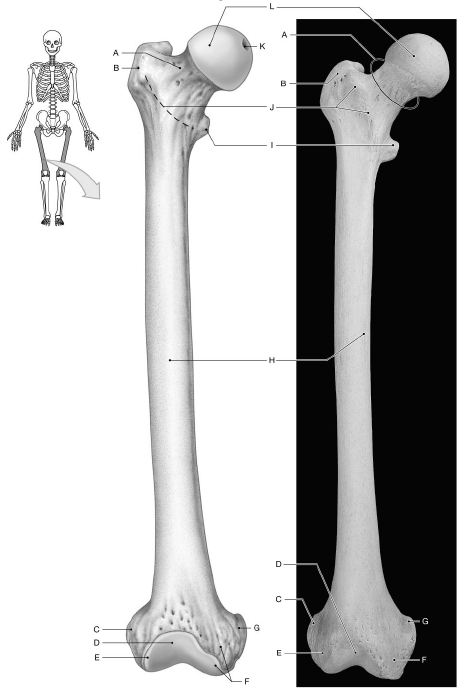Consider the use of certain reproductive hormones in the practice of animal husbandry. Why would a breeder of herd animals such as dairy cattle be interested in all their breeding females experiencing "heat" at or near the same time (also known as "synchronization")?
What will be an ideal response?
Managing heat in animals relates to the number of workers available to assist with breeding. For livestock breeders, estrus synchronization helps in planning artificial insemination in advance and allows for many animals to be inseminated at one time. If all offspring are born at approximately the same time, management of parturition and neonatal care can be maximized. Estrus synchronization also results in uniform weights of beef cattle, which increases their value at slaughter time.
You might also like to view...
The tibial tuberosity is the attachment site for the
A. intercondylar eminence. B. patellar tendon. C. sciatic nerve. D. hamstring muscles.
Using the figure below, identify the labeled part.

1) Label A: ______________________________
2) Label B: ______________________________
3) Label C: ______________________________
4) Label D: ______________________________
5) Label E: ______________________________
6) Label F: ______________________________
7) Label G: ______________________________
8) Label H: ______________________________
9) Label I: ______________________________
10) Label J: ______________________________
11) Label K: ______________________________
12) Label L: ______________________________
The oocyte is viable for ________ hours following ovulation.
A. 36 B. 48 C. 12 D. 24 E. 8
To transport a microscope, hold it ________.
Fill in the blank(s) with the appropriate word(s).